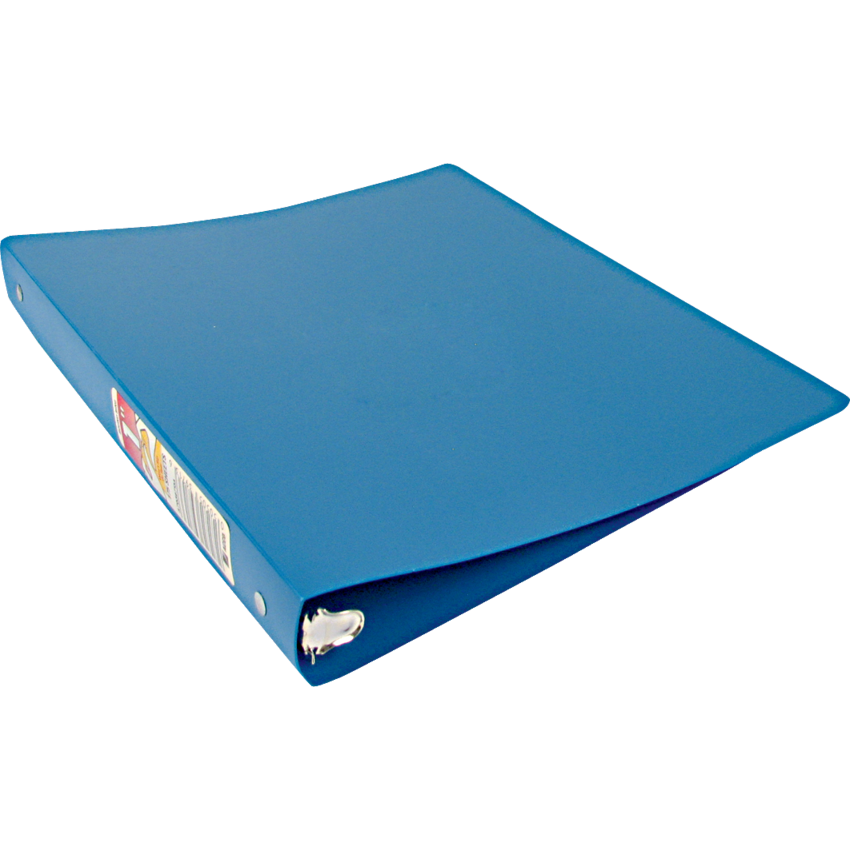
These rings hold more because their unique shape provides a small amount of extra space by angling the rings to the binder covers.

A slant D-ring binder is another type of D-ring binder that has even larger holding capacity. The key difference is that D-ring binders can hold as much as 25 percent more than round-ring binders. These binders have rings that are shaped like the letter D. 3-ring binder sizes vary, but having three rings is the standard for round-ring binders.ĭ-ring binders are also fairly self-explanatory. As the name implies, these binders have simple round rings, usually three. Round - ring binders,also known as O-ring binders, are the most well-known type of binder. Disc binders, as the name suggests, use metal discs instead of rings to secure pages. Instead, they simply clamp papers inside the binder without hurting them. Punchless binders, also called clamp binders, do not use holes at all. Post binders, for example, secure papers with metal posts instead of rings. There are also binders that do notuse rings. There are several different kinds of rings that make a difference in how much your binder can hold. However, not every binder has the same kind of rings.
1in binder series#
Most binder s are fitted with a series of metal rings to keep pages in place. Ring Binder Sizes and Different Kinds of Binders However, it may range anywhere from 0.25 to 0.31 inches in the United States and Canada. These holes are typically quite close to the edge of the paper, sometimes within about half an inch. The distance from the top and bottom holes to the edge of the paper is less important. This is because the distance between each ring can make a significant difference in the support of the pages and how easy they are to turn. Alternatively, they may use four rings or even more.īinder makers are careful to properly gauge the spacing of holes. They often also use three rings to keep contents secure. These sizes can get as large as 11 inches by 17 inches. Ledger binders are made for larger paper. Check bindersare a perfect example of this. Some binder sizes exist for specialized tasks like organizing finances. Mini-size bindersare also called junior binders. Other sizes include legal, ledger, and mini-size, which measures 5.5 inches by 8.5 inches. You can find binders that are half-size, which, as the name implies, are half the size of a standard binder. Even though this size is the most common in North America, there is a range of sizes.īinder dimensions are often similar to paper dimensions. Letter-size paper is 8.5 inches by 11 inches and has three holes with roughly 4.25 inches between them. The average binder in the United States and Canada is a three-ring binder and fits regular letter-size paper. There is a hard spine to support the inside metal layer and rings. The front and back cover must be stiff enough to support internal weight, but also pliable enough to turn like the cover of a book.

In general, the outer layer is a durable, often waterproof layer, such as plastic. Starting with version 1.2, you can configure the delivery mode of republished messages.A binder is similar to a hardback book. You can republish a failed message after just one attempt. See the frameMaxHeadroom property for information about truncated stack traces. This feature lets additional information (such as the stack trace in the x-exception-stacktrace header) be added to the message in headers. In addition, republishToDlq causes the binder to publish a failed message to the DLQ (instead of rejecting it). If retry is disabled ( maxAttempts = 1), you should set requeueRejected to false (the default) so that failed messages are routed to the DLQ, instead of being re-queued.


If retry is enabled ( maxAttempts > 1), failed messages are delivered to the DLQ after retries are exhausted. By using the optional autoBindDlq option, you can configure the binder to create and configure dead-letter queues (DLQs) (and a dead-letter exchange DLX, as well as routing infrastructure).īy default, the dead letter queue has the name of the destination, appended with.


 0 kommentar(er)
0 kommentar(er)
